delete
Tishan Hsu
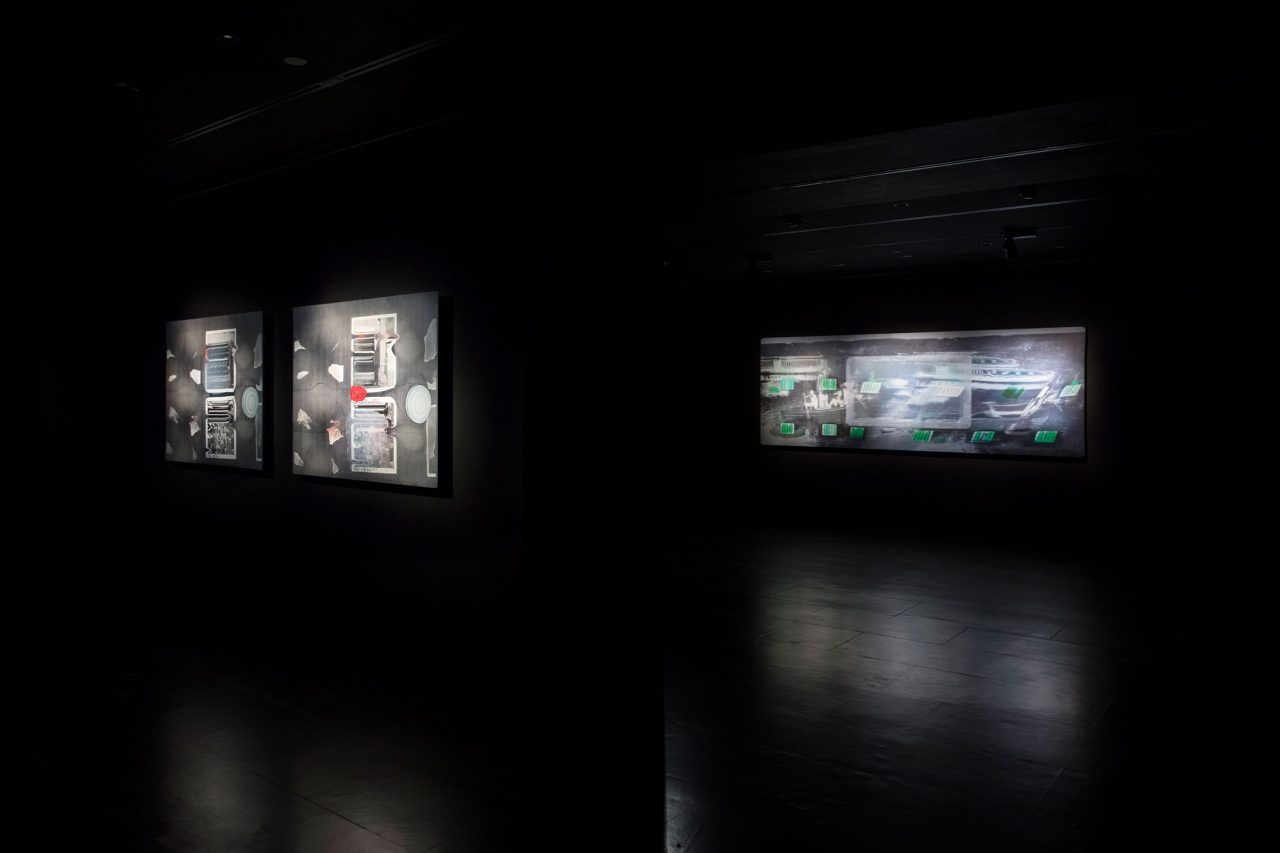
Installation view, Tishan Hsu
Image courtesy of the artist and Empty Gallery.
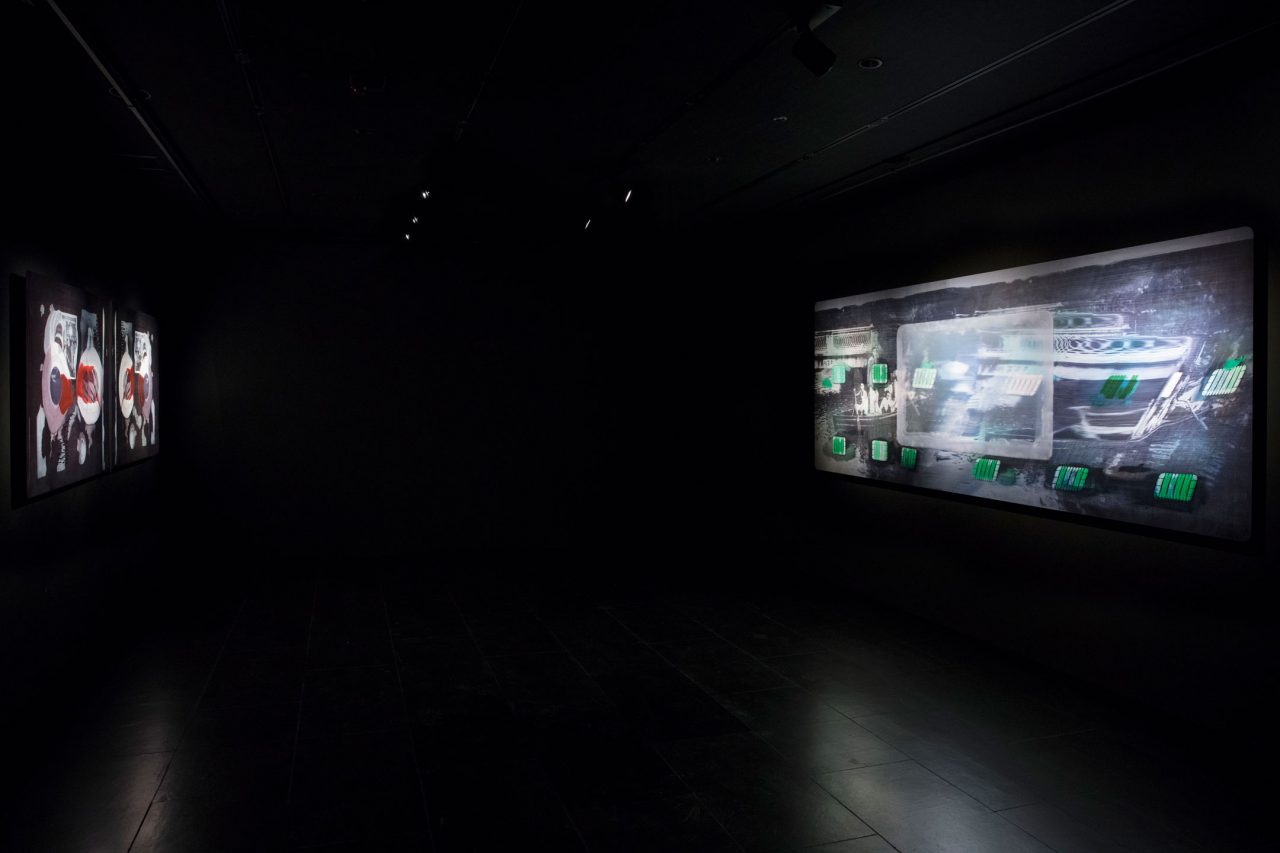
Installation view, Tishan Hsu
Image courtesy of the artist and Empty Gallery.
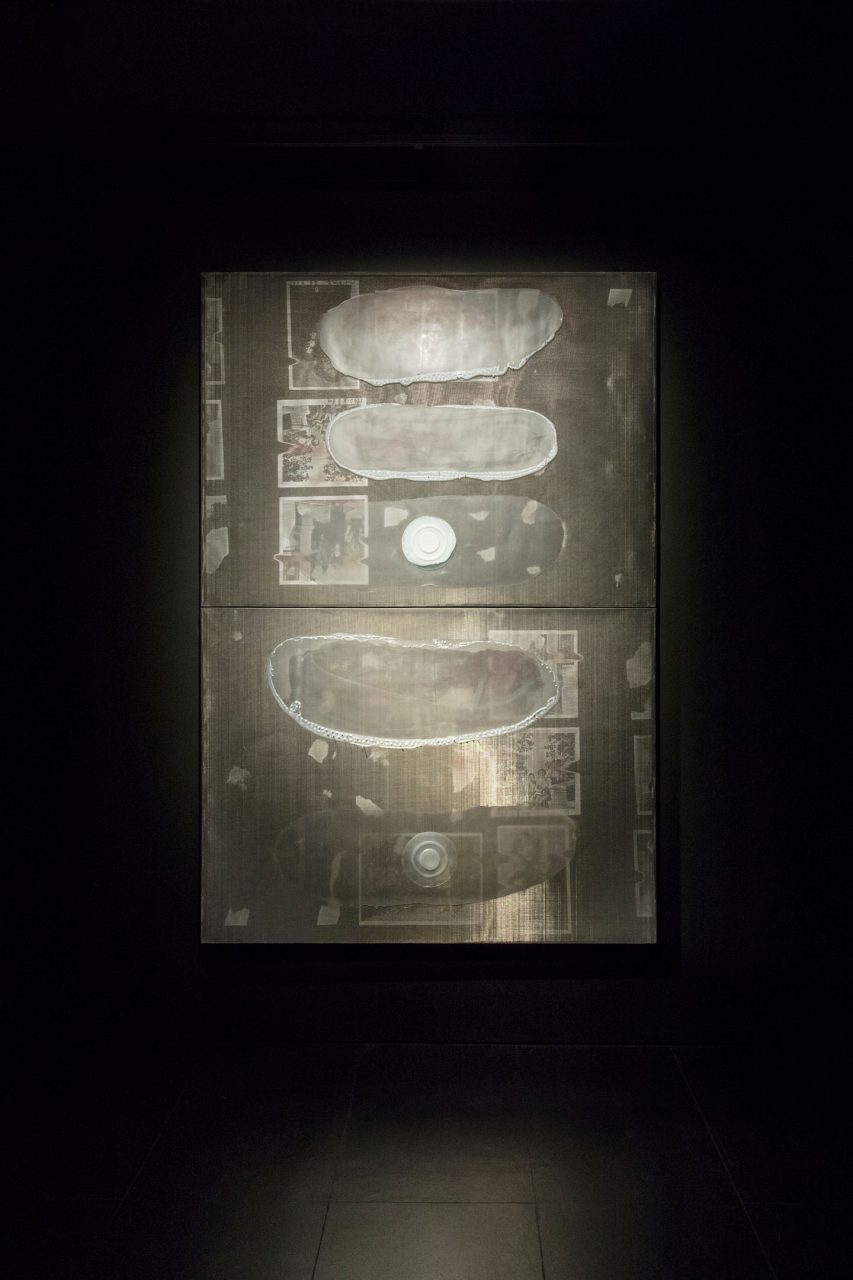
Dread-Fog, 2013
Image courtesy of the artist and Empty Gallery.

Installation view, Tishan Hsu
Image courtesy of the artist and Empty Gallery.

Installation view, Tishan Hsu
Image courtesy of the artist and Empty Gallery.
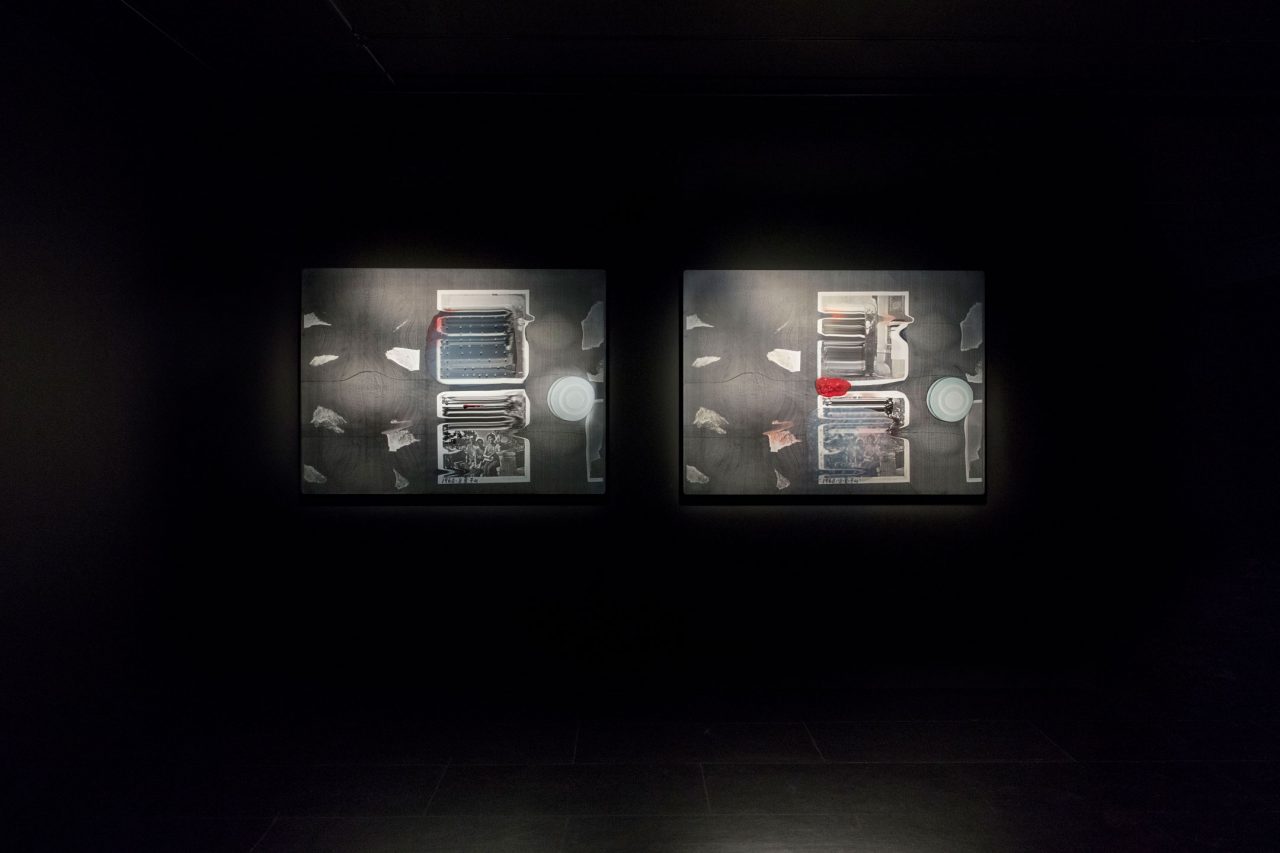
Installation view, Tishan Hsu
Image courtesy of the artist and Empty Gallery.
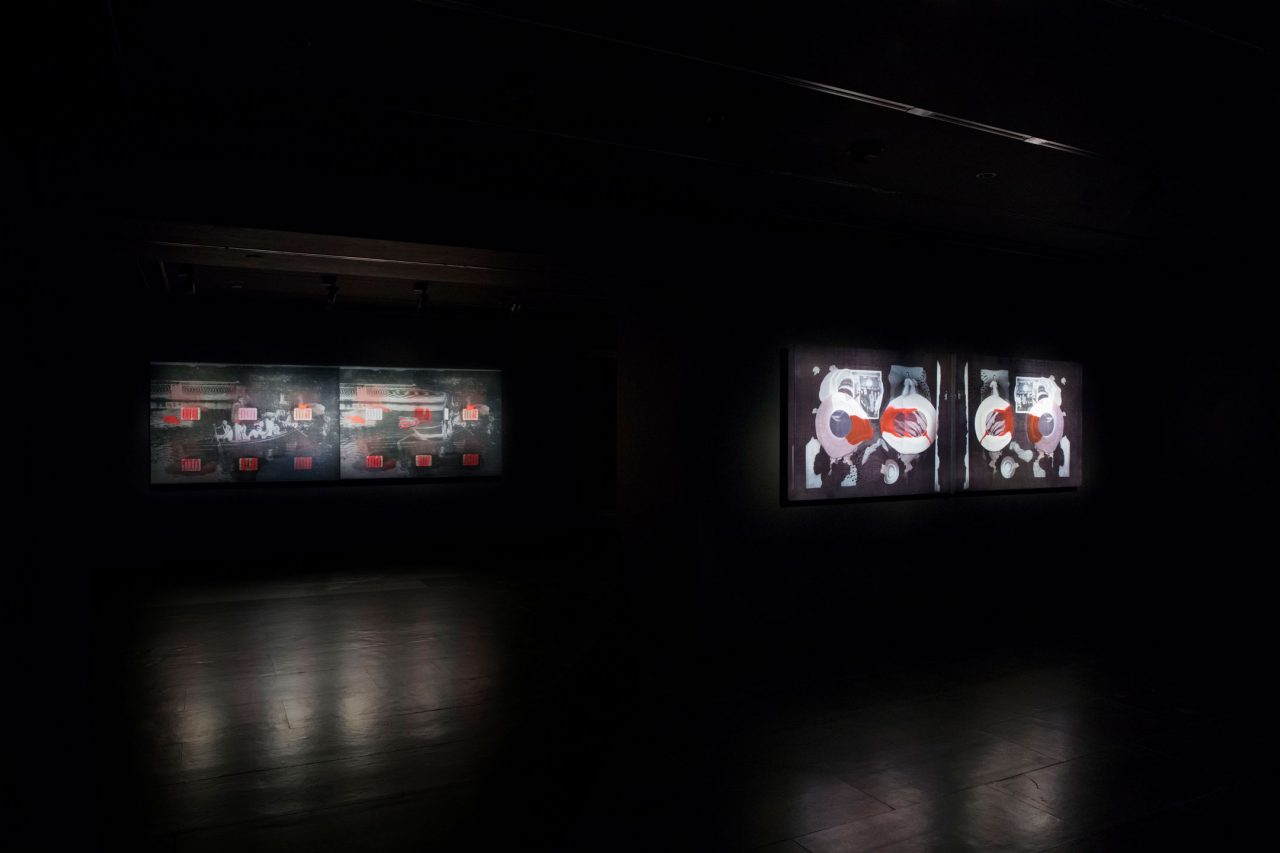
Installation view, Tishan Hsu
Image courtesy of the artist and Empty Gallery.
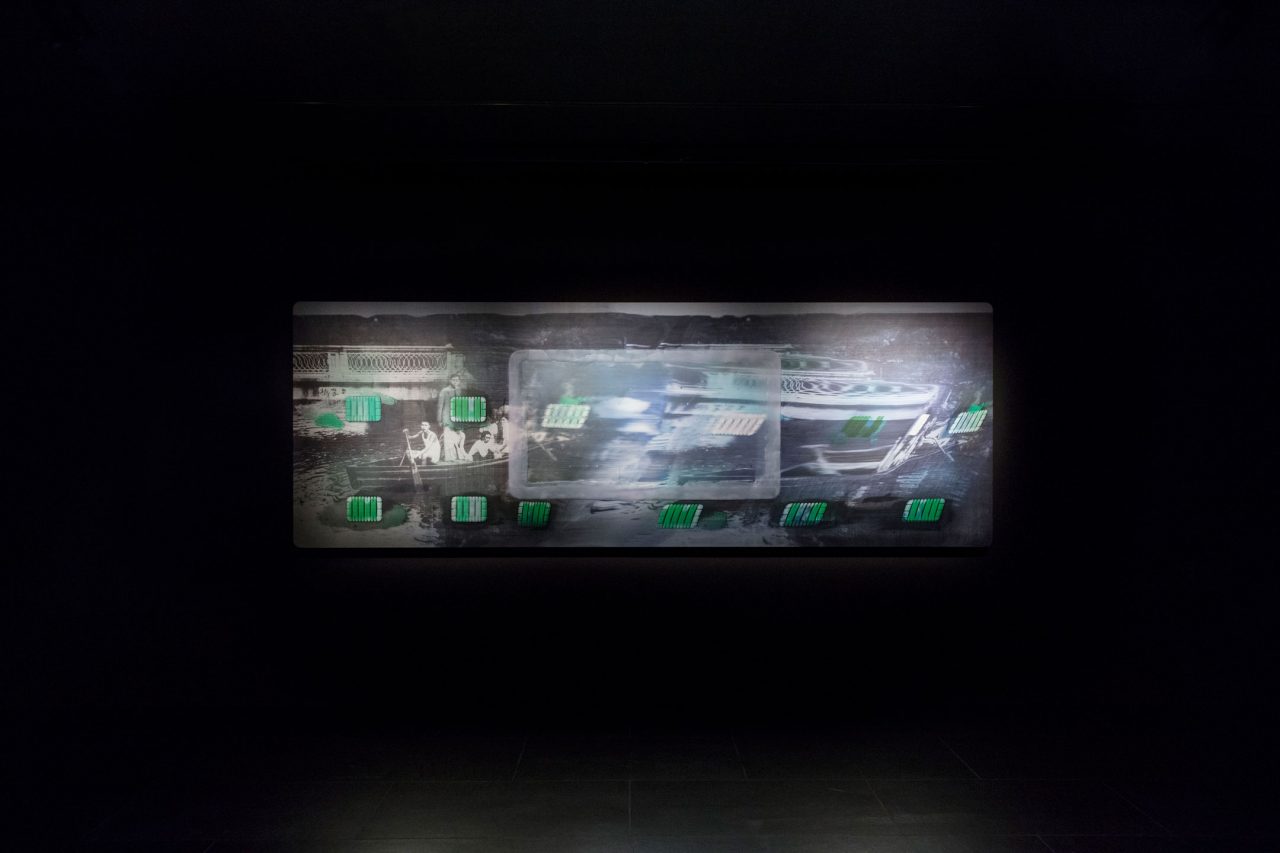
Boating Scene 1.2.2, 2019
Image courtesy of the artist and Empty Gallery.
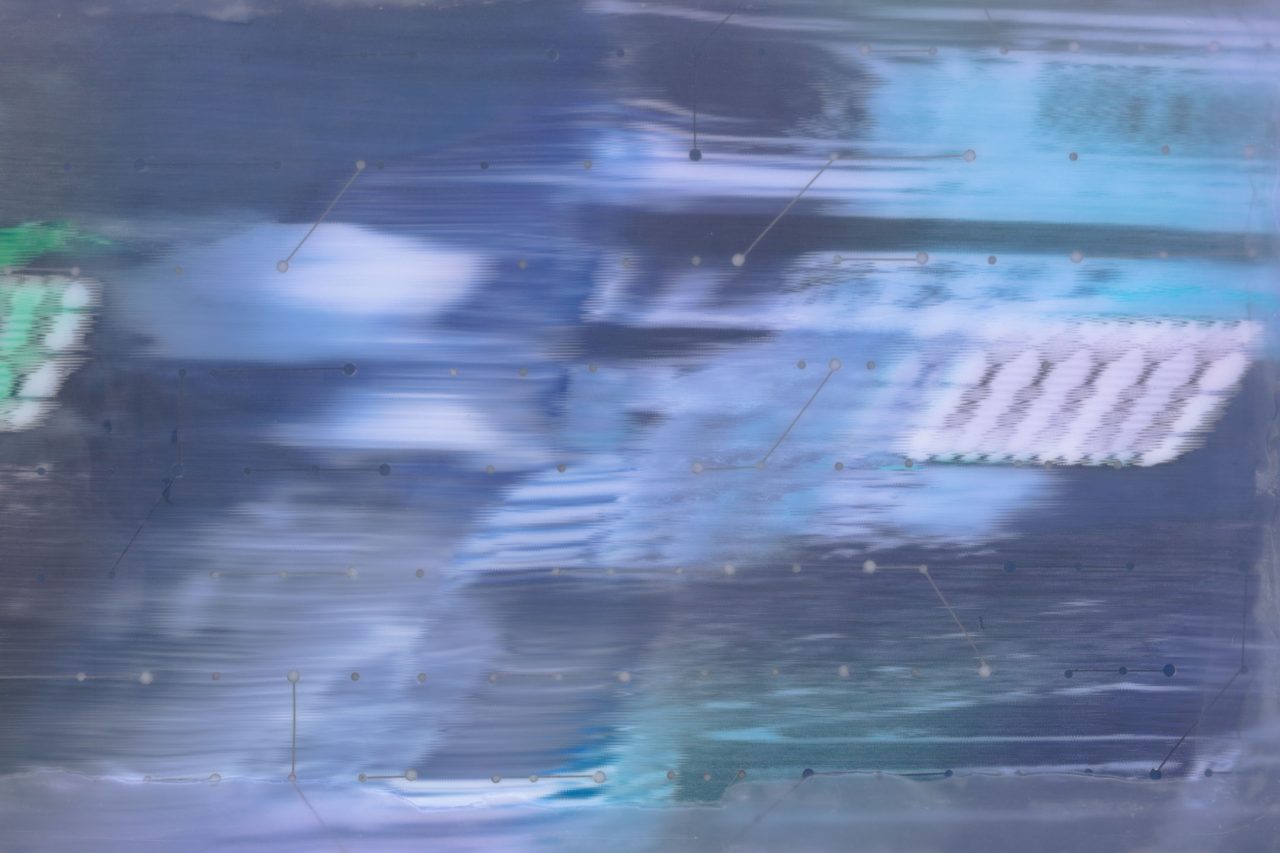
Detail shot, Tishan Hsu
Image courtesy of the artist and Empty Gallery.
Empty Gallery is proud to present delete, New York and Shanghai based artist Tishan Hsu’s first solo exhibition in Asia. Working between painting and sculpture, Hsu’s practice explores the effect of a rapidly expanding technological sphere on our embodied subjectivity and conception of the human. The body of new work on view in delete interprets these concerns through the lens of Hsu’s recent research into his own family history. Drawing on a collection of family photo-albums which survived partially intact during China’s revolutionary years, Hsu subjects this archive to a multi-layered process of digital manipulation and re-photography. In the process, these iconic images of early 20th century Chinese life – at once intimate and anonymous – are transformed into mirage-like landscapes reflecting the virtuality of history.
For Hsu, the experiences of history and technology are in fact inseparable. History can only become knowable through its representations, which are increasingly subsumed into the liquid flow of mediated images which comprise our everyday existence. This relationship between historical space and virtual space is made manifest through Hsu’s complex treatment of his source material. Each image is scanned, digitally manipulated, and re-photographed through a stainless steel mesh, before finally being printed on to aluminum panels and embellished with drips and protrusions of pigmented silicon. The re-photography process flattens Hsu’s steel mesh into an omnipresent grid which permeates all the works; a charged surface which both supports and entraps the images embedded within it. This surface serves as a metaphor not only for the process of digital (or photographic) mediation, but also for the mediation of state ideology, cultural memory, and individual consciousness – the mundane phenomena which condition how history makes itself known.
If Hsu’s earlier work attempted to describe how the pressures of an increasingly technological world acted on the body of the individual subject, the works in delete perform a similar gesture in relation to the effects of history on the body. Like the technological subject, the historical subject is determined by a totality which is inaccessible to them except through fragmentary representations. This totality can make itself felt only negatively, through a rhetoric of distortion, dislocation, and absence. The dark and formless mass of unrepresented history presses against Hsu’s screens, causing them to warp and buckle along with their images. The body is formed by these energies traveling through history, which push against a grid of representations unable to contain them – excreting themselves as unidentified fluids and organs.
Hsu does not seek to reclaim a history that has been erased – whether by death, forgetfulness, or repression – but to speculate on this erasure itself and the paradoxical way in which even absence can structure the material body. The works in delete additionally suggest a shared history; a history which turns out to be not only Hsu’s own, but one collectively held by all those members of the Chinese diaspora whose embodied consciousness has been molded by an experience of exile, trauma, and displacement. Hsu’s personal investigation thus becomes a tentative mapping of a shared affective space – one whose contours have been only too infrequently explored.
Tishan Hsu (b. 1952, Boston, Massachusetts)’s formative years were in Zurich (Switzerland), Ohio, Wisconsin, Virginia and New York. Hsu had his first one-person show as a teenager in Virginia, where his paintings were exhibited throughout the region. He studied architecture at the Massachusetts Institute of Technology where he received his B.S.A.D. in 1973 and M.Arch. in 1975. While at MIT, he studied film at the Carpenter Center, Harvard University. He moved to New York in 1979, where he currently resides. Hsu first showed in New York at the Pat Hearn Gallery. Since 1985, Hsu has shown extensively in the US, Europe and Mexico with works in many public and private collections. From 1988-90, Hsu lived and worked in Cologne, Germany. From 2013-2016, Hsu maintained a studio in Shanghai, China, where he worked on a project using historical photographs discovered in photo albums of his extended family. Much of the artist’s work has attempted to convey an embodied technology. Hsu’s interest in technology has not been in the use of a particular apparatus but the perception of a technological affect.
His work has included paintings, interactive digital media projections, and sculpture. Selected public collections include Metropolitan Museum, New York, Centre Pompidou, Paris, Museum fur Moderne Kunst, Frankfurt am Main, High Museum, Atlanta, Terra Museum, Mexico City, Los Angeles Museum of Contemporary Art, Los Angeles, Museum of Contemporary Art, North Miami, and the Weisman Museum, Minneapolis. Hsu has served as a Member of the Board of White Columns and a Governor of the Skowhegan School of Painting and Sculpture. Until recently, Hsu has been a Professor of Visual Arts at Sarah Lawrence College, and a visiting professor at Pratt Institute and Harvard University.
Tishan Hsu lives and works in New York